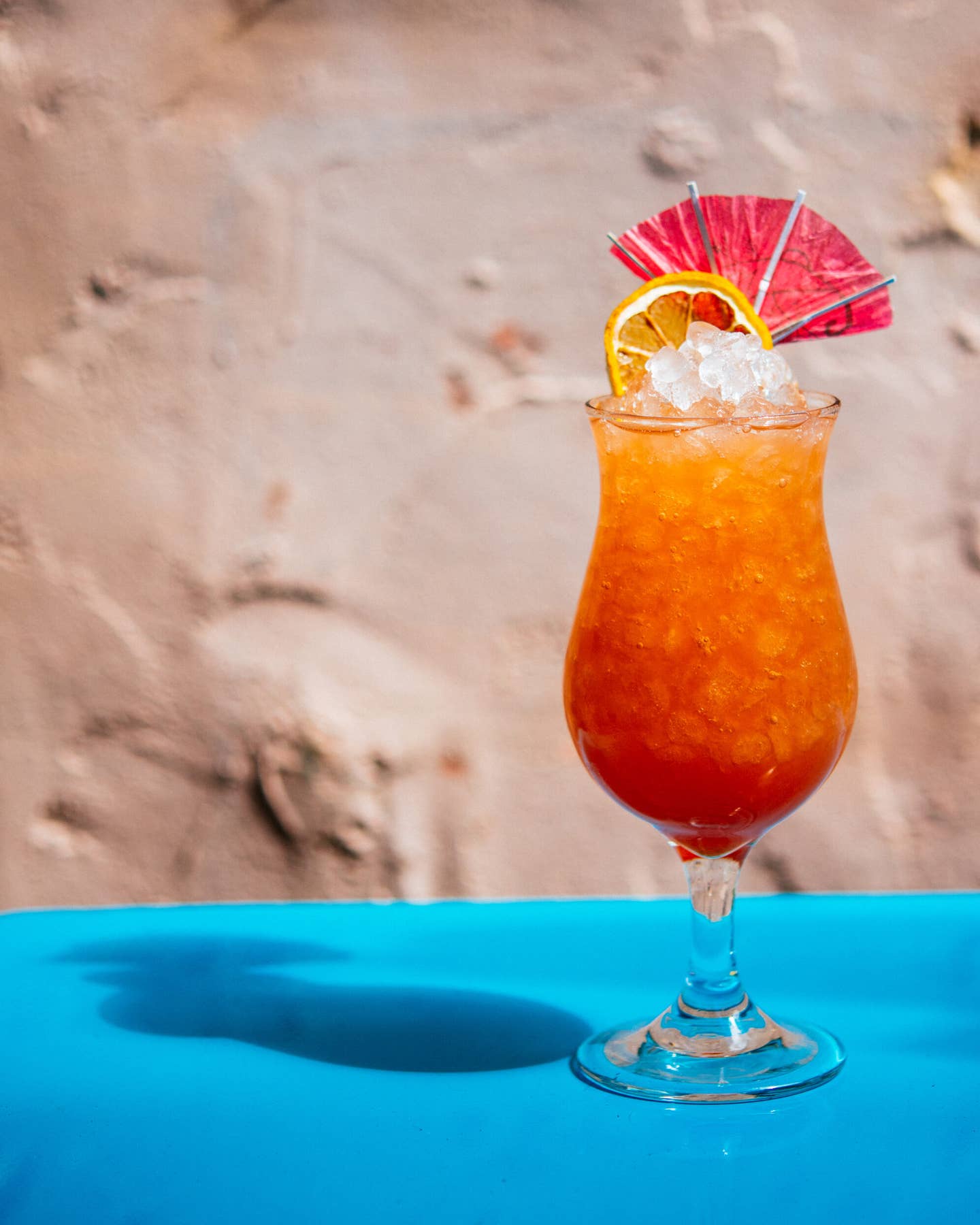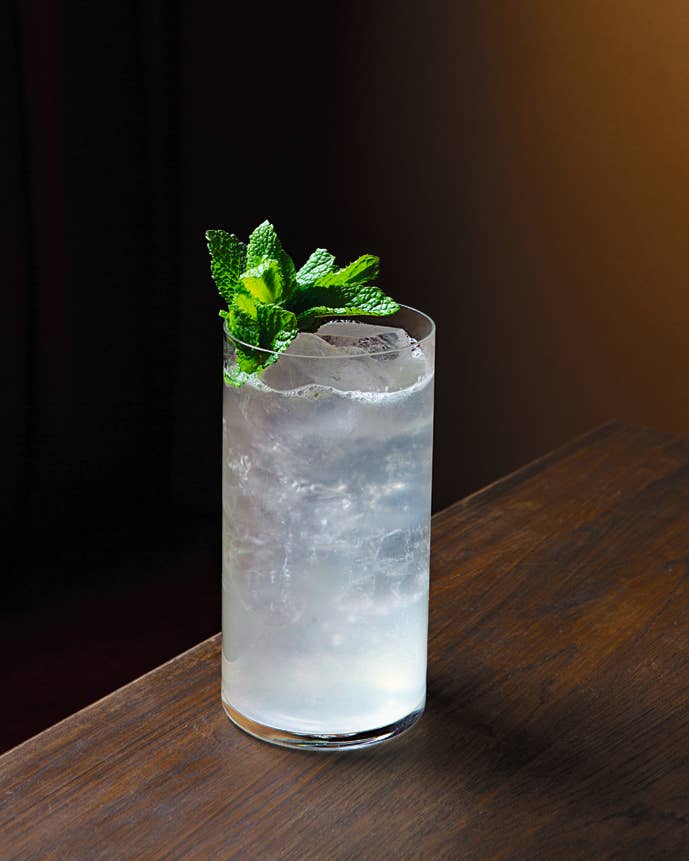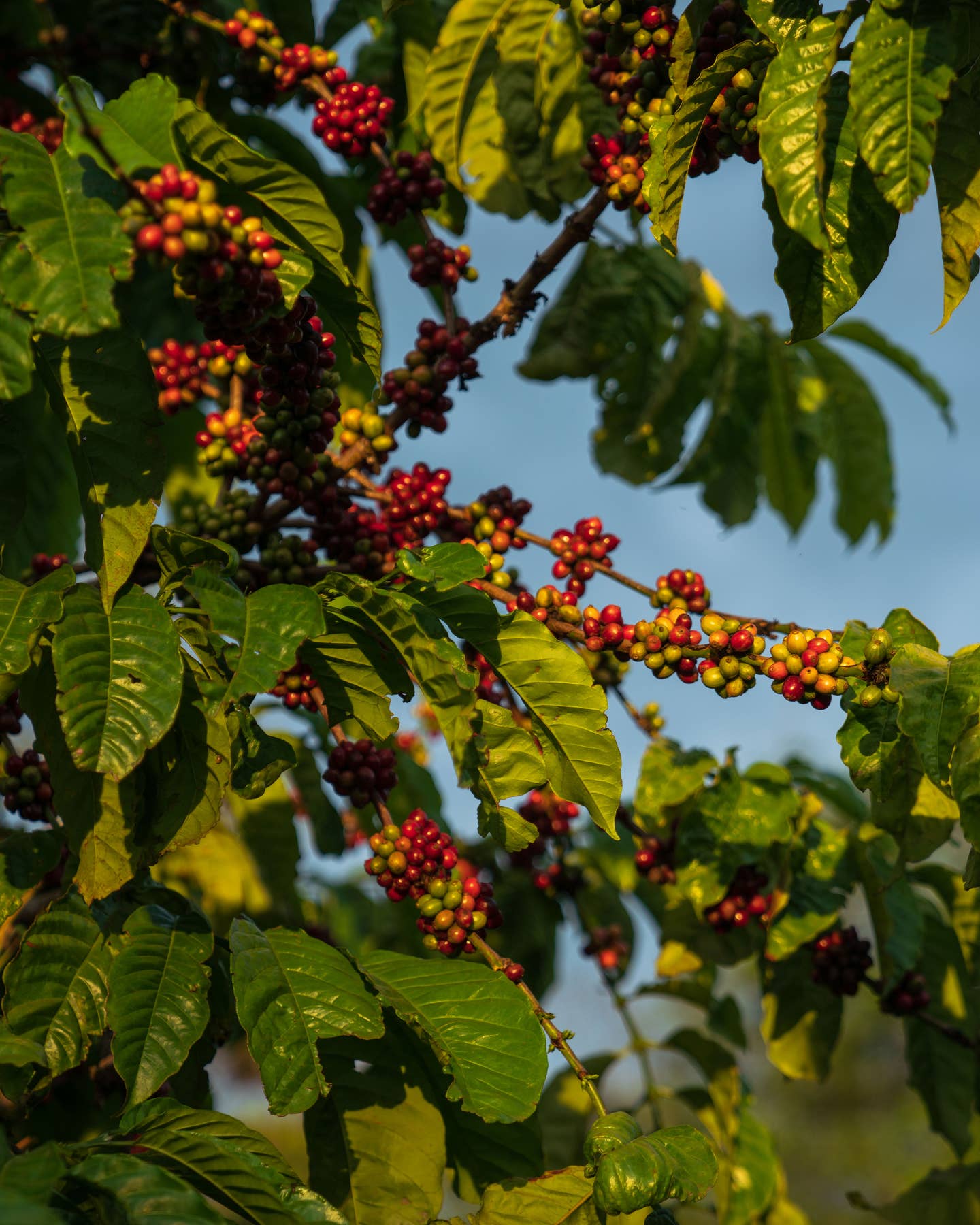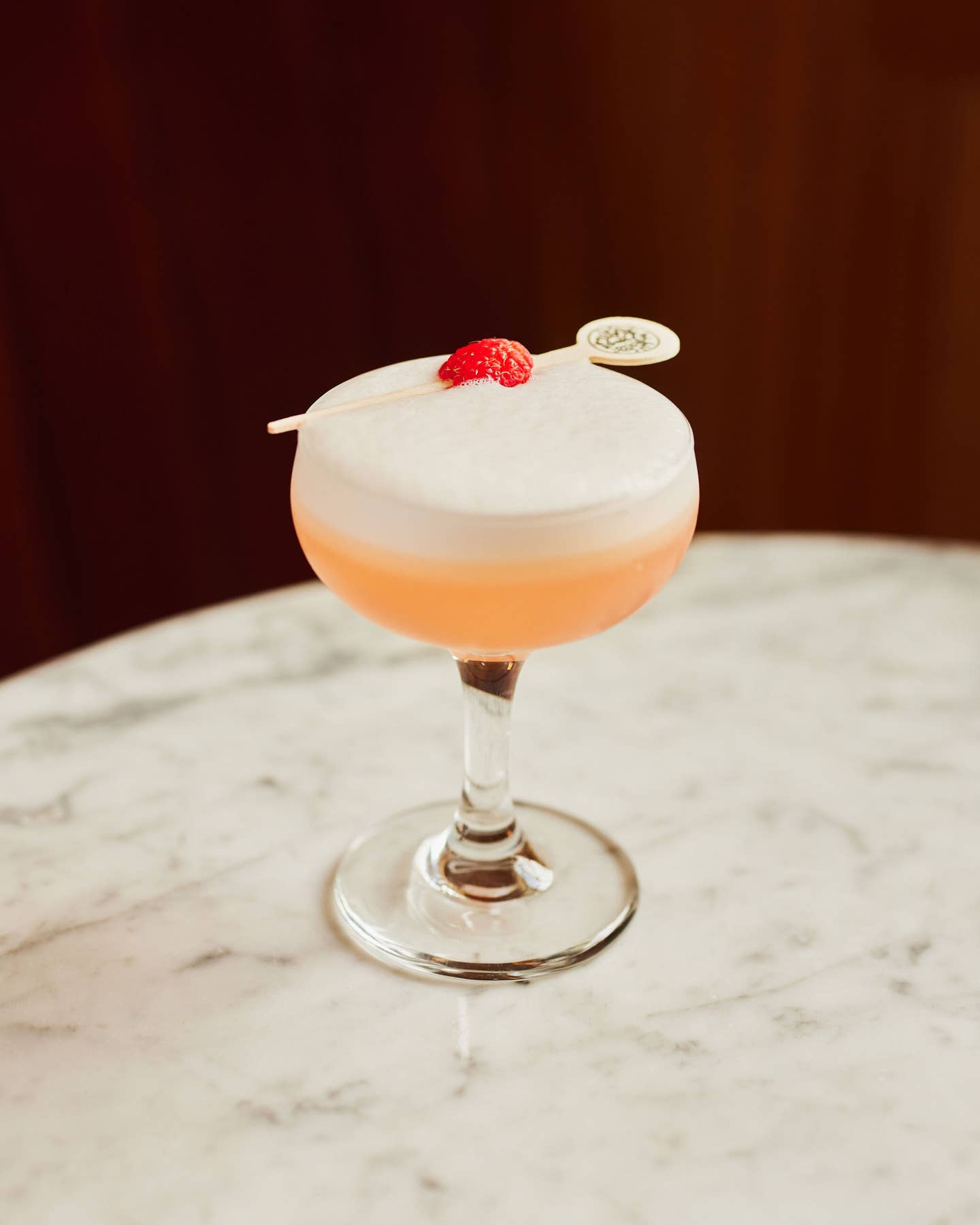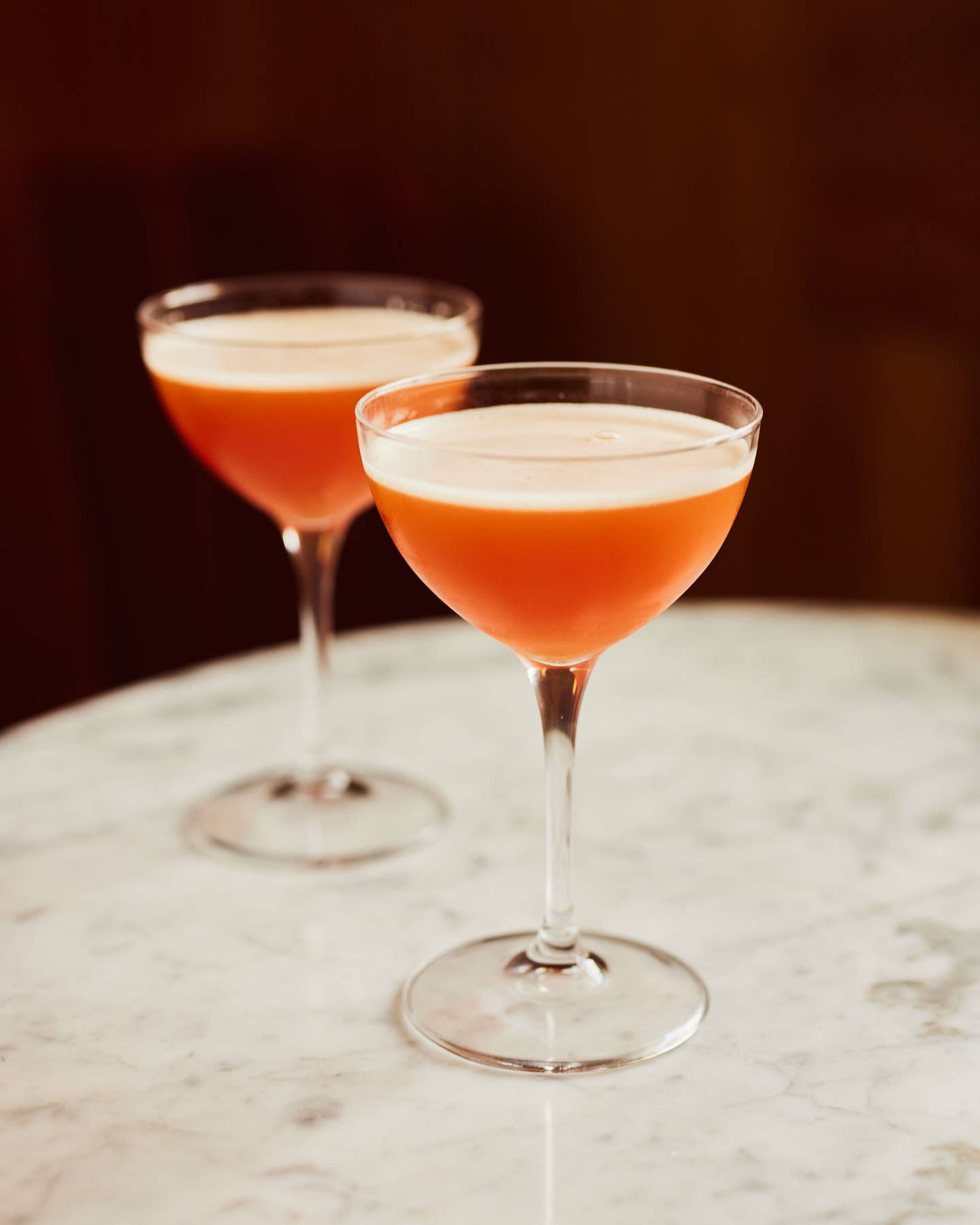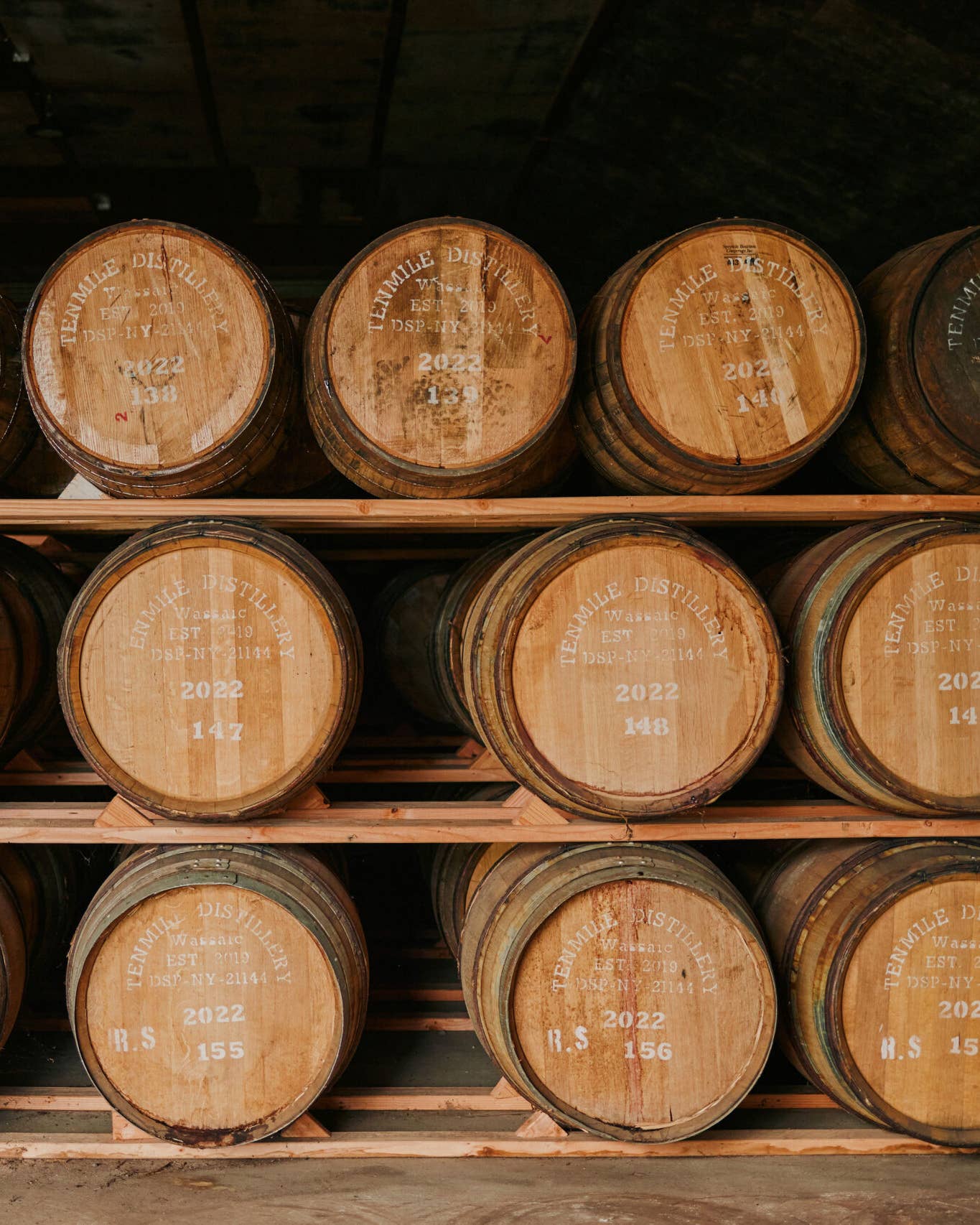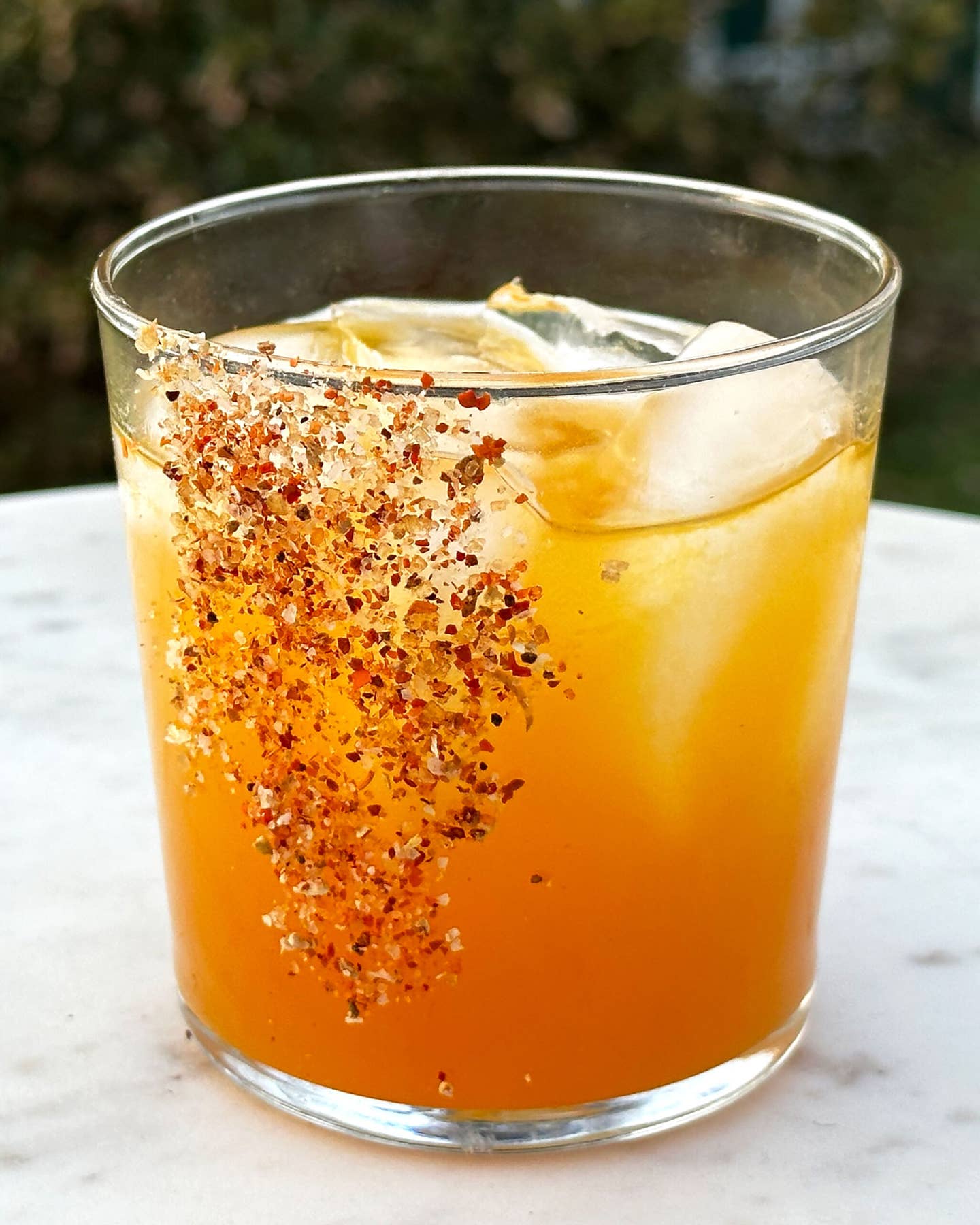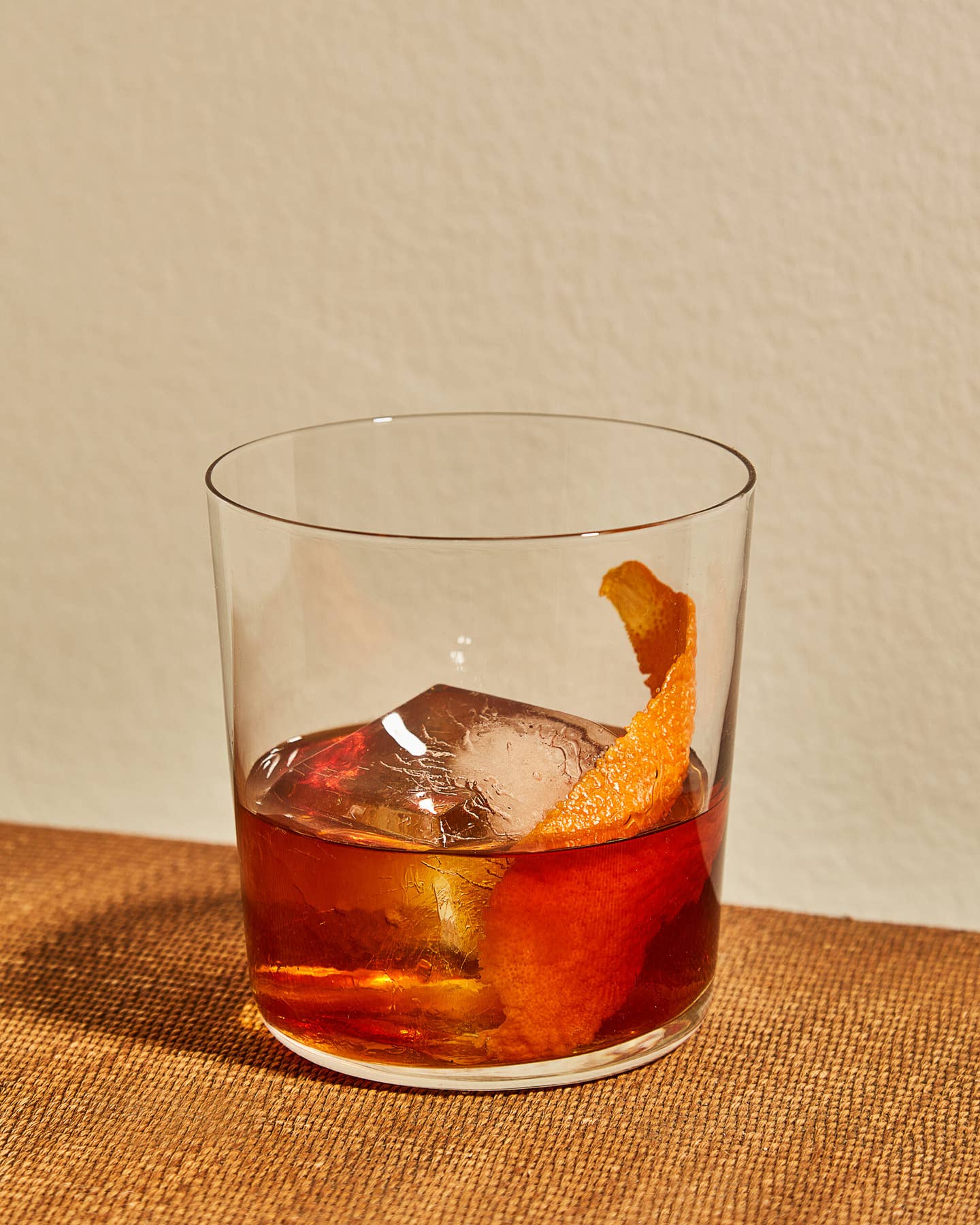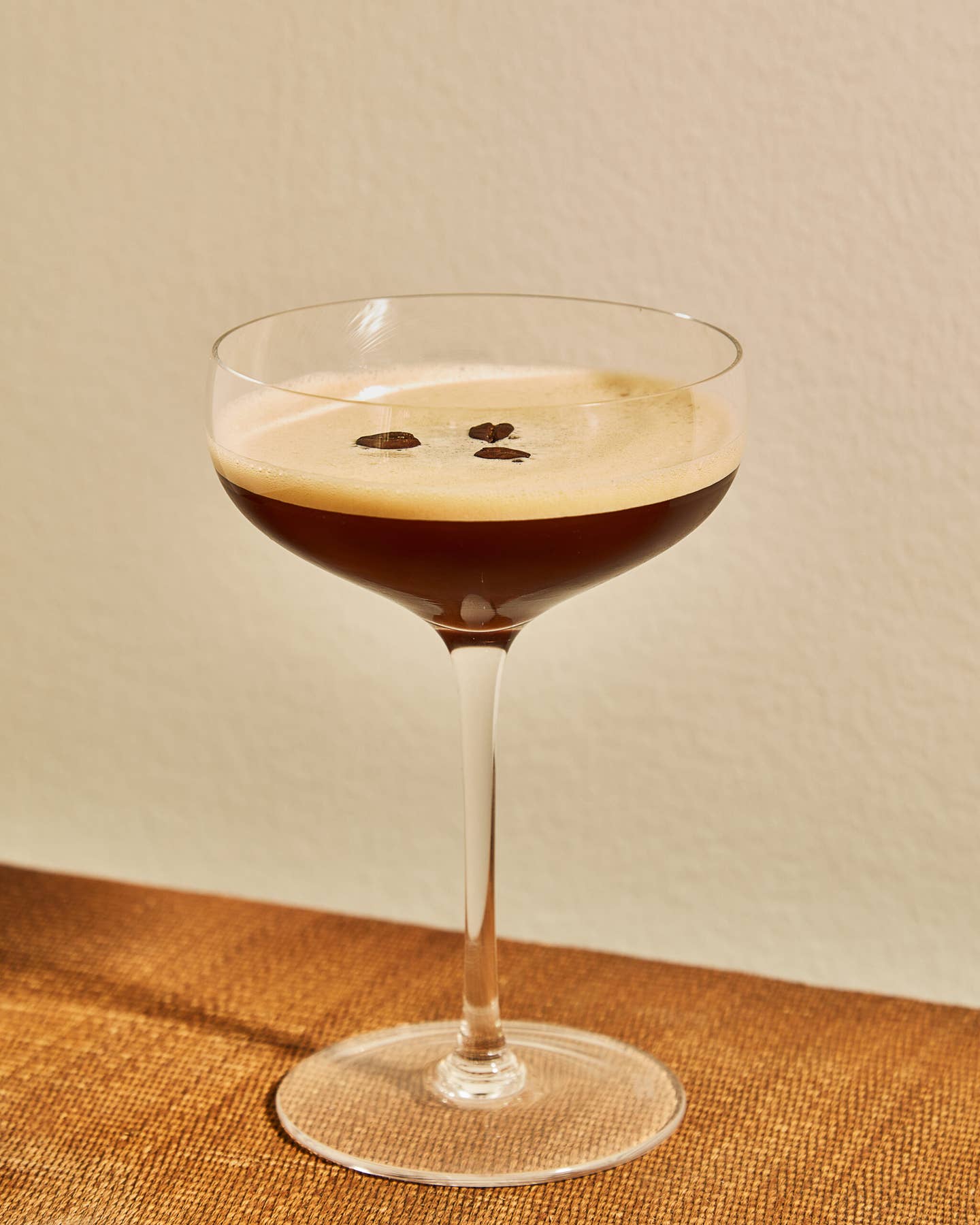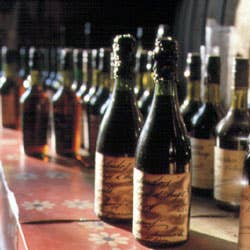
Calvados: Spirit of the Apple
There is no secret to making good calvados, says Claude Camut. "All you need is the bonne fortune of being in the right place, on the right farm, with the right apples, for 800 years." He should know. The head of a family that can indeed trace its lineage back eight centuries, to Viking times, he bears a name synonymous with some of Normandy's finest farm-produced calvados.
Calvados, of course, is the region's world-famous apple brandy, distilled from cider just as cognac and armagnac are distilled from wine. (Appellation laws permit the use of a limited percentage of pears as well, though most quality producers eschew them.) A well-aged calvados of the best quality, glowing amber and gold, with its mysterious and complex aromas of fruit and vanilla—its haunting suggestion not so much of apples as of the elegant ghost of apples—is simply one of the world's great spirits.
Not all calvados answers this description, it must be said—not by a long shot. Much of it is crudely made, a tongue-lashing, mouth-puckering, hangover-inducing firewater. (In her memoir A Gift of Joy, Helen Hayes observes that "Calvados is peculiar stuff. Veteran French boozers limit themselves to a tablespoonful, and at that, end up licking policemen and setting fire to the Arc de Triomphe.")
Its reputation has hardly been enhanced by the Parisian fashion for "cafe-calva," a measure of fairly raw spirit plunged into a cup of hot black coffee, or into its dregs. (Normans have a different idea—the "trou normand" or "Norman hole." This is simply a shot of calvados downed quickly between courses of a serious meal. The alcohol temporarily arrests the digestive process, giving the impression of a "hole" in the stomach into which more of the rich local cuisine, which is typically full of cream and butter, may be shoveled.)
If Parisians remain fond of the cafe-calva, though, they are apparently also beginning to appreciate calvados of the highest quality. "Calvados had been stuck with a very bad image," explains Christian Drouin, producer of Coeur-de-Lion. But, he says, "The sommelier of La Tour d'Argent told me he has been selling more calvados than cognac since 1989."
At the turn of the century, 90 percent of all calvados was made noncommercially, by farmers, on the farm. Today, it's a mere handful, with a slightly larger handful coming from commercial farmer-producers like Claude Camut, and the rest turned out by four large companies—Boulard, Busnel, Pere Magloire, and Gilbert.
Larger producers buy apples, cider, even old stocks of already-distilled calvados for blending. Camut grows all his own apples, makes and distills his own cider, and ages it himself. His orchard is his patrimony. He waves at the nearby trees—they are planted about 30 feet apart, each pruned to just a few wide-spreading limbs and shaped so that they allow the maximum amount of sun to filter through—and notes that these are the region's traditional hautes tiges, or tall trunks. He could produce 10 to 15 times as many apples, he says, if he used newer, high-yield varieties of fruit and pruned the trees to a height of about six feet, so that they could be machine-picked. But he's not interested. "This would not produce calvados of the same quality," he says with a shrug.
Each of the 25 traditional varieties he does grow, adds Camut, contributes something distinctive to his calvados. Blending fruit of varying degrees of sweetness helps give balance to the finished brandy. Some of his apples are wizened little specimens no bigger than golf balls. Nonetheless, he maintains, they all taste good. (I don't agree, incidentally. Try one and you'll probably want to spit it out, as the first agreeable sensation of sweetness on the tip of your tongue dissolves into parching bitterness.)
"In Paris," he laughs, "they think it is very funny we can make such a marvelous spirit with such horrible-looking apples."
Calvados is made in delineated regions within the departement of Calvados (supposedly named after the man-of-war El Calvador, part of the Spanish Armada, which sank off the coast of Normandy in the 16th century) and portions of the departements of Manche, Orme, Eure, and Seine-Maritime. The most celebrated of these regions, and the one that produces the finest calvados by far, is the Pays d'Auge—famous for the quality of its apples and for the chalky soil in which they grow.
The calvados of the Pays d'Auge has been granted an Appellation d'Origine Controlee by the French government, guaranteeing its authenticity. Appellation regulations for the region require that calvados du Pays d'Auge be double-distilled in the traditional manner, aged in oaken casks, and not be sold until it is at least two years old. (Calvados labeled as "Vieux" or "Reserve" has been aged for at least three years. The terms "VO," "VSOP," or "Vieille Reserve" promise spirits at least four years of age, and calvados more than six years old may be called "Hors d'Âge," "Napoleon," "Âge Inconnu," or "Extra." In blended calvados, the age of the youngest brandy applies.) Because calvados, like all dry spirits, improves only in the cask, it is not bottled until it is required for sale. Throughout the aging process, distilled water is introduced into the casks to reduce the alcohol content of the spirits to a commercial standard of 42 degrees (84 proof). Many producers believe that calvados would actually benefit from even greater dilution.
Calvados is the largest departement in Normandy. Its administrative capital is the river port and former steel town of Caen—but the capital of Calvados, insofar as it has one, is the little town of Pont l'Éveque, about 30 miles to the northeast, famous for its odorous but excellent farmhouse cheese. Within a 15-mile radius of Pont l'Éveque, you will find most of the best producers of calvados du Pays d'Auge, large and small.
Nursing cider into raw eau-de-vie and then into aged calvados is as much pure science as art. And very beautiful science it is, for the technology, both ancient and modern, is wonderful to see. You can enjoy it in its most modern form at Boulard's Cidrerie, located in Pont l'Éveque—a postmodern cathedral of a place where the cider that will eventually become calvados is fermented. The fermented cider is distilled into calvados, on the other hand, in a more traditional facility up the road in Coquainvilliers. Here, the burnished copper alembic stills evoke Aladdin's lamp or the onion domes of the Kremlin, while the curving metal pipes suggest a Turkish hookah.
The mix of old and new is dramatic, too, at Busnel in nearby Cormeilles, the largest distiller of calvados in the Pays d'Auge. The distillery is thoroughly modern—but all the brandy at Busnel goes into wooden casks, as much as 200 years old. "New oak kills the apple," says Busnel director Michel Hamon. "Our object is to re-find the apple." Toward that end, he says, between 25 and 40 apple varieties go into a typical Busnel blend.
Étienne Dupont, who gave up a career in banking to take over the family calvados business after his father's death in 1978, uses a sparse ten varieties of apple. He also insists that his apples be very, very small, because most of the more intense aromas, he says, lie close to the skin. "I aim to achieve typicite," he says. "Some people like it, some may not, but you can't please everybody. I'm not selling Coca-Cola."
Keep Reading
Continue to Next Story

